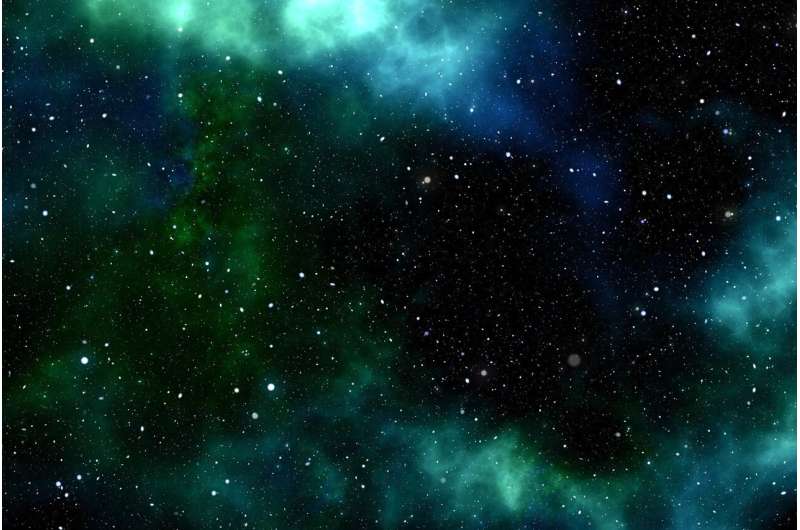But its space development program lags behind that of its Asian neighbors China, India and Japan.
North Korea placed its first and second Earth observation satellites into orbit in 2012 and 2016 though there is no proof that either one has ever transmitted spaced-based imagery and data back home. Those North Korean launches invited U.N. economic sanctions because they were viewed as covers for testing the country's banned long-range missile technology.
Since the early 1990s, South Korea has sent a slew of satellites into space, but all from overseas launch sites or aboard a rocket built with the help of foreign technology. In 2013, South Korea successfully launched a satellite for the first time from its soil, but the first stage of its launch vehicle was manufactured by the Russians.
After Tuesday's liftoff, South Korea plans to conduct four more Nuri rocket launches in coming years. It also hopes to send a probe to the moon, build next-generation space launch vehicles and send large-scale satellites into orbit.
South Korean officials said the Nuri rocket has no military purposes.
The transfer of space launch technology is strictly restricted under a multilateral export control regime because it has military applications. Experts say ballistic missiles and space launch vehicles share similar bodies, engines and other components, though missiles require a reentry vehicle and other technologies.
"If you put a satellite on the top of a rocket, it would become a space launch vehicle. But if you mount a warhead on it, it becomes a weapon," said Kwon Yong Soo, a former professor at Korea National Defense University in South Korea. "If we succeed in Nuri's launch, it's really meaningful because we also succeed in the test of a long-range rocket that can be used to build a long-range missile."
Lee Choon Geun, an honorary research fellow at South Korea's Science and Technology Policy Institute, said it's difficult to directly use Nuri as a missile because it uses liquid fuels that must be kept at an extremely low temperature and require much longer fueling time than solid fuels. He said North Korean long-range missiles also use liquid fuels, but extremely toxic ones that are maintained at ordinary temperatures and need faster fueling time than Nuri's.
This year, North Korea has test-launched about 30 missiles with potential ranges that place the U.S. mainland and its regional allies like South Korea and Japan within striking distance.
Kwon said Nuri's successful Nuri launch would prove that South Korea also has the capability to send a spy satellite into orbit.
South Korea currently has no military reconnaissance satellites of its own and depends on U.S. spy satellites to monitor strategic facilities in North Korea. South Korea has said it would launch its own surveillance satellites soon.
Explore further
© 2022 The Associated Press. All rights reserved. This material may not be published, broadcast, rewritten or redistributed without permission.



